listen to this article :
what is Terracotta façade? Just as the cover of each individual carries with it signs of personality, social class and other attributes, the facade of each building also reflects the social status and personality of the owner. In addition, the facades of each building represent the unique location and type of building, culture and civilization, history, architecture and unique climate of the area. In this article read more about the Terreal terracotta façade, terracotta façade systems, glazed terracotta façade, Proprietary facade solutions and Shapes and sizes of terracotta façade.
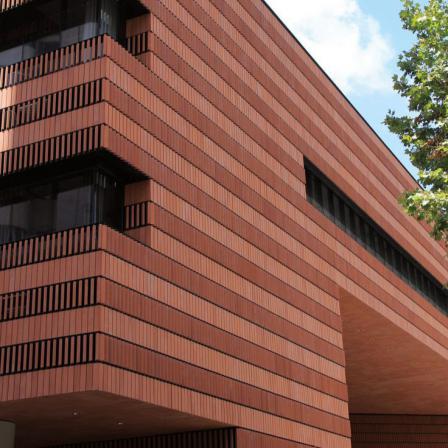
what is Terracotta Rain screen?
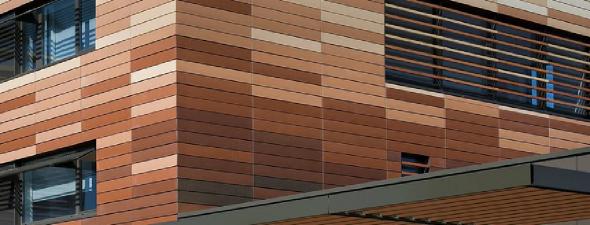 The Terracotta facade is actually a pottery facade.
The Terracotta facade is actually a pottery facade.
From an urban design perspective:
On a larger scale, we will see that every building is not a separate system that is solely dependent on the owner and designer, but that each building forms part of the urban landscape and plays a role in the visual beauty of a city. It plays an important role. The coordination of the facades of buildings together with the texture of their surroundings is very important and should be taken into account when designing the facade and selecting the type of materials. The Terracotta facade of the buildings has all these features and adds to the beauty of the urban edges.
Coloring
The Terracotta facade provides the designer with a wide range of natural colors, and the vitality of this material in terms of being cooked to the ground is vastly different from other dry facade systems in terms of the vibrant feel of the building.
Radiation of its own kind
The Terracotta facade has louvers that can be used as a strap and because it is of the same type as the earthenware tile in the Terracotta facades, it gives an attractive, textured look.
What is Terracotta Baguette?
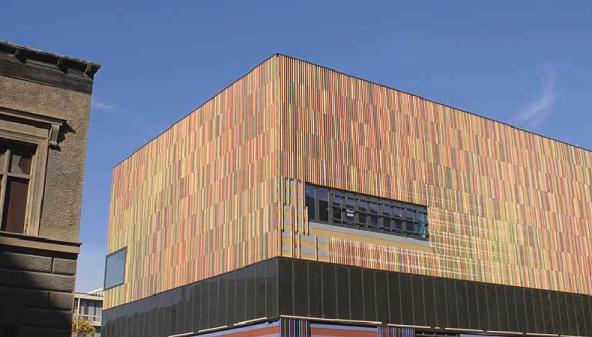 Terracotta, which means “cooked” in the Italian language, is a traditional ceramic that is produced by heating the clay in special kilns, called kilns, at high temperatures. The flexibility of unheated clay allows us to manually convert it into complex shapes that are significantly strengthened when heated. Although Terracotta was originally invented for pottery and sculpture, craftsmen soon recognized its potential as a construction product and began to build terracotta bricks, veneers, and roof tiles.
Terracotta, which means “cooked” in the Italian language, is a traditional ceramic that is produced by heating the clay in special kilns, called kilns, at high temperatures. The flexibility of unheated clay allows us to manually convert it into complex shapes that are significantly strengthened when heated. Although Terracotta was originally invented for pottery and sculpture, craftsmen soon recognized its potential as a construction product and began to build terracotta bricks, veneers, and roof tiles.
Today, innovations in the production process have given new life to these ancient materials. Currently, pure clay sheets pass through the metal cutting machine and extrude them into a long, uniform form that then reaches the furnace through conveyor belts. These hollow bumps are suitable for creating flexible rain plates and lightweight canopies. With customization profiles and a selection of colorful glazes to choose from, it’s easy to see why architects are still attracted to Terracotta material.
Can we use Terracotta Floor Tile?
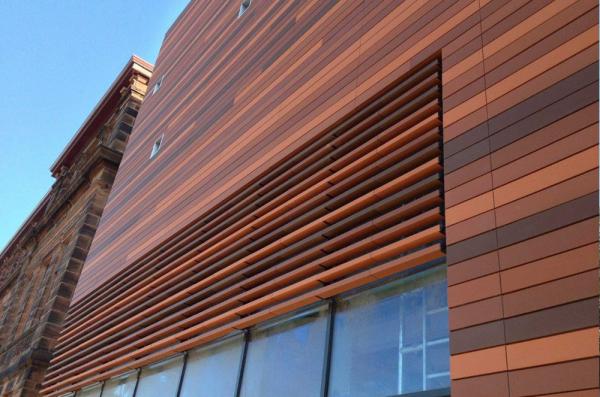 It is recommended to use it in the living room and the building entrance.
It is recommended to use it in the living room and the building entrance.
Benefits of a Terracotta View
- Easy mortar-free installation: In the drywall system, it is reinforced by aluminum and steel elements.
- Panels are natural in color: The panels are identical in color to the inside of the panel, so even with deep scratches, the panels do not change.
- Easy to maintain: Different weather conditions do not cause discoloration or damage to the panels. Rain enameled panels wash away a significant portion of the dirt and debris.
- Replaceable one panel if needed without removing other panels.
- Save up to 5% on energy consumption compared to traditional (without insulating the back panel) -No erosion and degradation over time
- Exceptional acoustics, suitable for theater and music venues
- Location of renovation of old buildings
Types of Terracotta Tile
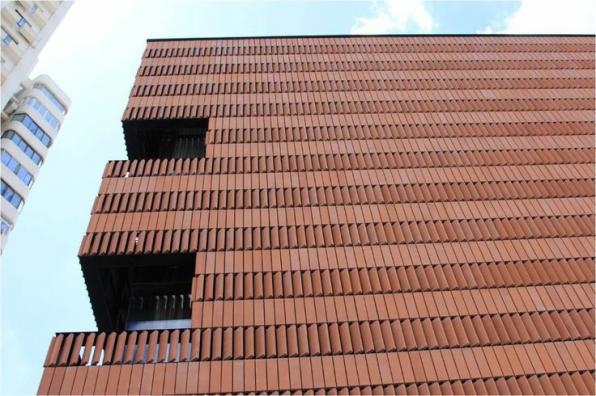 Today, this facade is one of Europe’s most modern and original systems of facades; the panels feature a brick and ceramic texture with a range of natural and enameled colors that bring about the best compatibility of original European architectural materials, as well as vertical communication lines. Horizontal jute tiles, one of the modern architectural elements, and a mounting system that guarantees stability and ease of application and insulation properties, as well as the ability to blend the different colors of this facade and integrate it with other facade systems such as composite aluminum and stone are among the reasons for its popularity. In the world and especially in Europe.
Today, this facade is one of Europe’s most modern and original systems of facades; the panels feature a brick and ceramic texture with a range of natural and enameled colors that bring about the best compatibility of original European architectural materials, as well as vertical communication lines. Horizontal jute tiles, one of the modern architectural elements, and a mounting system that guarantees stability and ease of application and insulation properties, as well as the ability to blend the different colors of this facade and integrate it with other facade systems such as composite aluminum and stone are among the reasons for its popularity. In the world and especially in Europe.
Components of the Terracotta facade
This facade system has the ability to rotate the air behind the panels and consists of the following components:
- The supporting wall of the Nova, the wall or structural system on which the facade is applied.
- Dry joints that attach to the underlying structure; aluminum rails with vibrating rubber bands
- Infrastructure Structure: A metal structure on which the facade components are mounted and attached to the support wall by welding or rolling bolt.
Advantages of Terracotta Cladding Panels
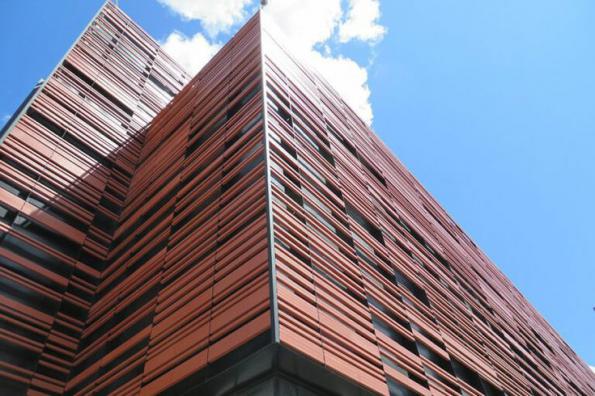 Behavioral coordination against temperature changes
Behavioral coordination against temperature changes
Another positive feature of the Terracotta view is its behavioral coordination against temperature changes. Traditional facades were made of sand and cement mortar in an unprofessional way, imposing too much weight on buildings. Due to the difference of thermal coefficient and expansion rate and shrinkage of the back part of the stone or ceramic etc. compared to the exterior materials, over time the rocks were separated and fell. But in the dry facade to create terracotta facades, these problems are resolved and not due to the resilience of the brick and pottery.
Create acoustic and thermal insulation
When running the Terracotta facade, a gap is created between the exterior surface of the facade and the main body of the building, with the air being played at this distance as a function of the heat and sound insulation of the building. However, depending on the climate of the area, special sound and thermal insulation can be installed at this location, or the distance created can be used to pass electrical installations of the building.
High durability
Unlike traditional renditions, the shelf life of the terracotta is over 50 years and is easily restored afterwards. They also recycle their substrates (iron and aluminum) and the bricks themselves as they renovate and use them in other projects.
Lightness:
As we mentioned earlier, the Terracotta facade is much lighter than the slurry, sand and cement facades, which increases the building’s resistance to earthquakes. Due to the separate movements of the facade and its components, the facade is not laminated and the collapse of the facade does not cause any other casualties or damage. It is said that the implementation of the Terracotta dry facade reduces the weight of the building from 40 to 50 kg per square meter of the implemented facade surface to the slurry facades.
Dedicated sections:
The Terracotta facade has corners panels that have completely regulated and adjusted the facade here as opposed to other dry views where you have to trim the panels in Persian. This type of material has a boxed material and offers proprietary sections for the floor of windows and flushing according to the projected size, which again gives a more suitable result for the building’s facade.
You can contact us to buy and sell these products:
Types and examples of curtain wall construction and execution Building Facade|facade engineering|facade materials Ceramics Facades|Handrails|Terracotta Facade|Thermowood WPC Wood Plastic|facades glass|dryfacade (Aluminum Louvers) Detailed technical and executive information for those interested
Also, Here are some of the capabilities of this company:
Valid Aluminium Company site
aluminum company producer
factory in Manufacture aluminum profile windows & door aluminum
Details of the Valid Aluminium Company of factory products
Curtain Wall|Frameless glass facade|Aluminum louver Skylight glass|Dry ceramic|Dry stone|aluminum profile Glass Aluminum handrails|Composite sheet|Wood-plastic(WPC) Spider|Facade Design & Concept Engineering Interior Design


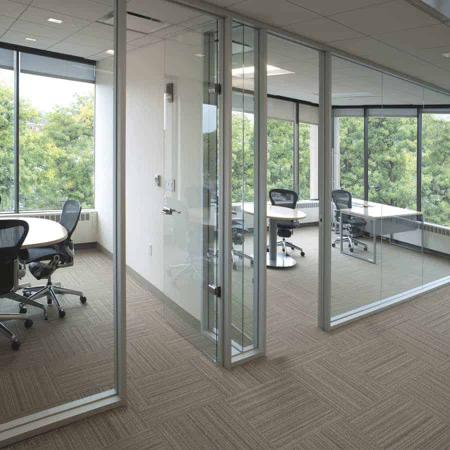
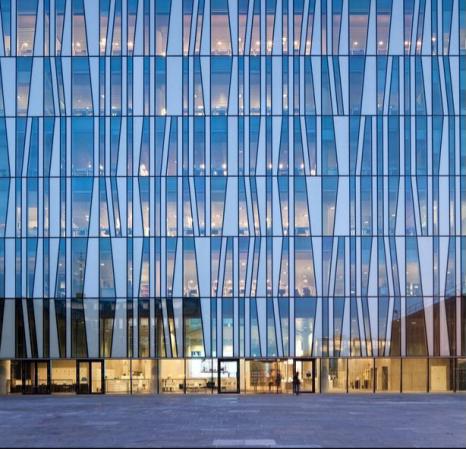
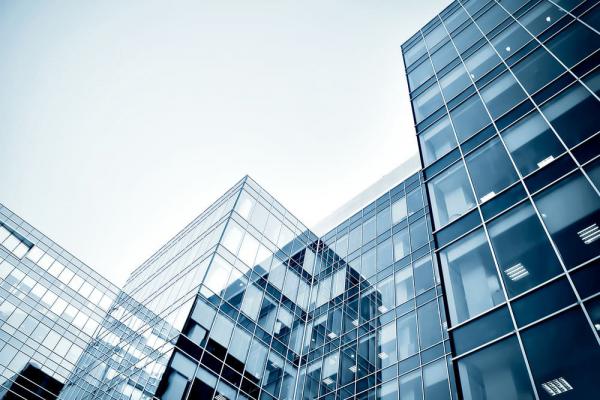
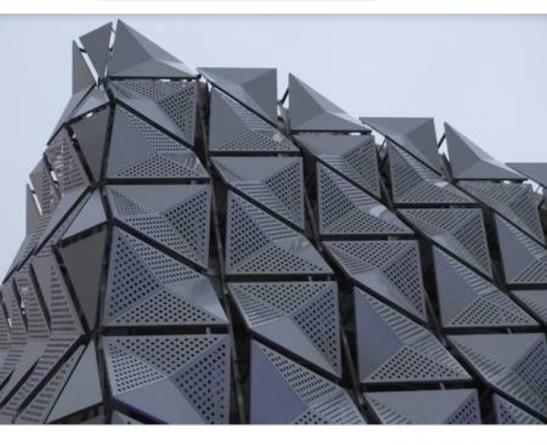
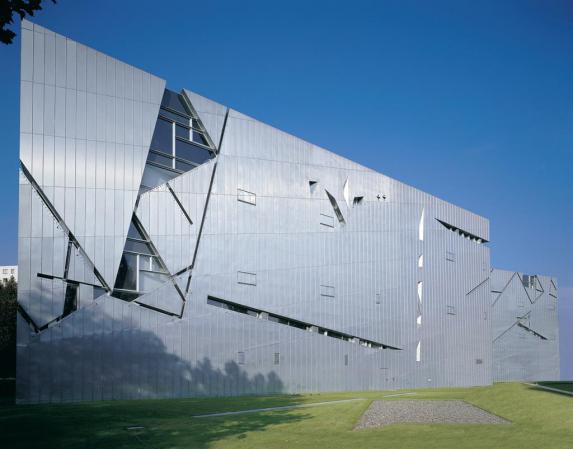
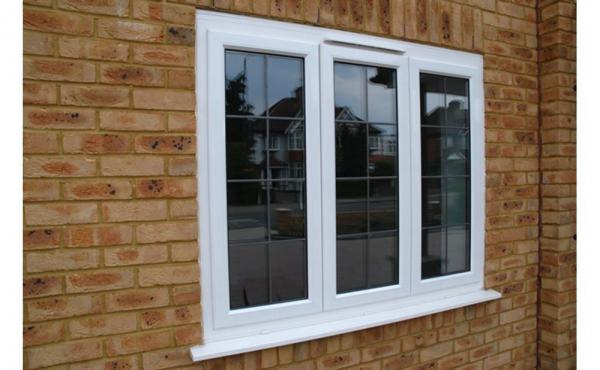
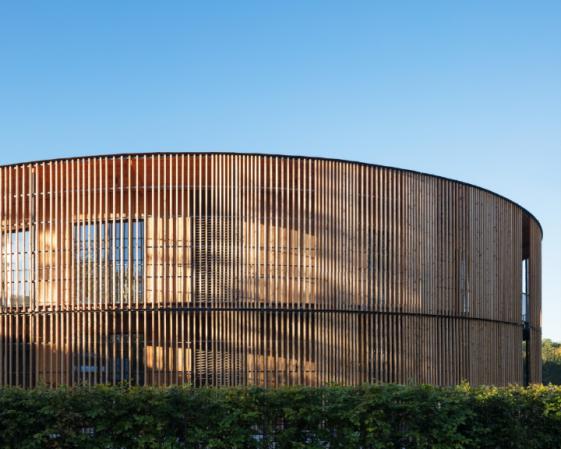


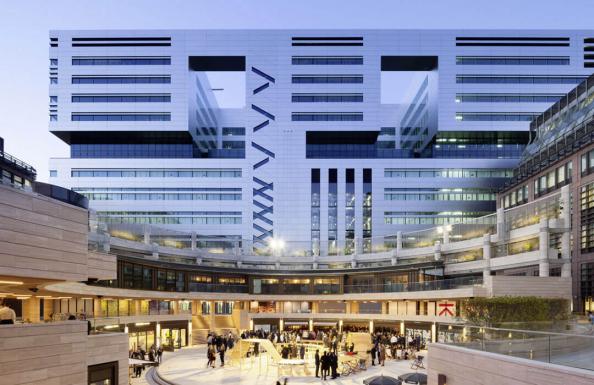
Your comment submitted.